

We’re in the home stretch now in our discussion of esports in Japan. In Part 1, we pegged down a definition for esports, as it’s quite a difficult concept to capture. We saw how this played out in Part 2, as top earners based on winnings don’t receive a salary for being an athlete, making them unable to qualify for a US Visa to prove that they are truly at a professional level. As well, the esports organizations in Japan, while trying to cultivate their own communities, seem unaware of their competitors. This has left Japan with, perhaps to most westerners, a very small esports community, mostly around League of Legends.
However, of those athletes and events who do qualify, what exactly do they do? How are they different? Let’s take just a brief look.
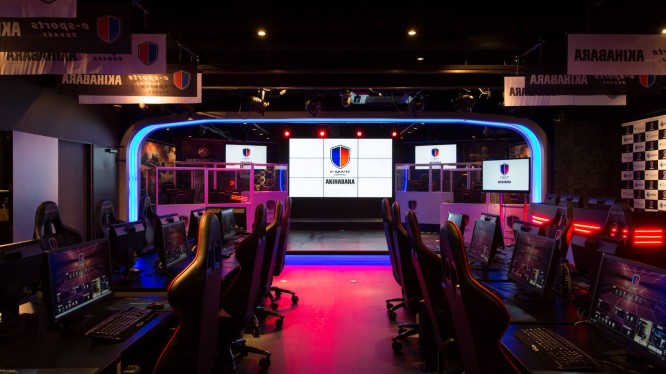
While things can obviously change, I felt I needed to get at least some perspective on the physical esports events, so with an invitation from Akihabara Esports Center, I attended both one of their regular tournaments in February 2015 and their big LoL International Wild Card Invitational event in March 2015. I’ve been to a couple of other ones since then, but mostly as a fan. I feel my first two experiences perhaps are the most telling since, well, they’re the initial, gut-reaction differences I noticed.
The “regular” tournament certainly had a smaller showing. Held at the actual eSports Center (pictured above), I felt like there couldn’t have been more than 50 people at the event total. I felt like an outsider, as everyone seemed to know someone else. It seemed more like a neighborhood party than a tournament to me. I don’t mean to sound ultra conservative here, but some cosplayers were at least cross dressing, if not actually transgender people, and they made almost no impact. That is, it wasn’t “a thing.” They just seemed to enjoy themselves. No one really hassled them or gave them extra attention for being different, which was quite refreshing. In fact, as a foreigner, I wasn’t attracting the kind of attention I usually do at events, likely because there were a few others foreigners (mostly asian) at the event. The action being mostly limited to huge television screens and the venue serving up what seemed like premium bar food for gamers made the whole thing feel like a sports bar outing, except with cosplayers.
I didn’t have time to watch more than a single match, but I did finish watching it online later, and from what little I saw, it seemed like the overall experience was the same as when I’d left it. Though the match was only witnessed via TV screens both at the actual location and when I got home, the commentators were live. Analysis was much the same as from what I’ve witnessed of western and Korean commenters (from what I could understand and from translated subtitles I later watched), though only slightly more reserved, probably because the commenters aren’t able to play to quite as big of an audience.
However, the LoL International Wild Card Invitational was a completely different event. While not the mega-sporting-event you might see in Korea, the IWCI event had more of that sporting event feel. Seats were paid for and filled, for the most part, though only by Japanese fans. There were some European fans, but they were standing in the back, mostly around the cosplayers.. Energy drinks and sodas were everywhere, the teams came out to make an impression on the audience, the MCs tried to get people excited, and yeah, free swag was thrown to the crowd as people pressed against their fellow audience members at a chance to get, say, a free mushroom toy based on Teemo’s mines. This wasn’t polite Japan anymore, it was a full on event.
Again, the comments maybe weren’t quite as frenzied as with a Korean crowd, but there was noticeably more excitement. During some of the early plays by RabbitFive (who have since left Team DetonatioN), the underdog, there was electricity in the air. However, FocusMe made a comeback and ended the round, then came back and punished their (now former) “brothers,” and their lead only snowballed from there, which kicked the wind out of the event. Seats were a bit less full towards the end and I noticed other reporters were paying less attention to the game. We knew who would win, it was just a matter of time. Things started out well enough, but as some other LoL analysts in Japan had told me, the culture of the game and small community means that people towards the top are leaps and bounds better than those below them, and often have to fight internationally for much of a challenge. I’ve heard things about what happens when these top Japanese players reach the international games, but as I haven’t invested much time in following any Japanese players or teams as they’ve tried to cross over, I’ll hold back on exploring those thoughts.

As you might expect, LoL (pronounced “el-oh-el” by players here) especially has attracted cosplayers. While not all of them may fit the western stereo-type of perfectly executing a character’s personality or look, they are interesting. As I mentioned previously, it wasn’t uncommon to see males cosplaying female characters. What was interesting though, was the popularity of a female Teemo who, well, really looked nothing like the base character to me. You can judge for yourself.
Aside from cosplayers, most fans are, as you’d expect, male. I saw no groups of all female fans. All the women were either with male friends or boyfriends, and the overall age group seemed to be college students. One college student mentioned he’d been playing the game for about a year. He likes the game because it’s got a variety of characters and is well balanced, and that is something I feel really fits in well in Japan, the land of fighting games with mega-rosters (aside from the recently released Pokken and it’s mere 8 fighters at release). Like with many Monster Hunter players I’ve spoken to in Japan, he got into the game because of his friends, playing with 2-3 of them at a time. He said he plays many varieties of online games, mostly on PlayStation, but some MMORPGs too (he only mentioned Final Fantasy 14 thought). He watches online sometimes to see good plays, which was why he decided to get tickets and come to the live event.
It was difficult for me to get many interviews or comments in, partially due to me being foreign and not speaking the best Japanese, but I also noticed many of the students came from the top 3 universities here in Japan. Some were simply young and taking jobs right out of high school, but there was a big college feel among the groups I saw.

Now, to be clear, I’m not the biggest eSports fan. I have an entry level grasp, but it’s enough that when I speak to pros, I can usually follow their general idea and ask them a few questions that catch them off guard. For the event and this article series, I prepared by watching a few matches from the 2014 International finals, watching Korean, American, and Chinese players fight their peers before entering the international matches.
Especially compared to Korean teams, the Japanese plays I witnessed felt more conservative, especially at the start. Perhaps it was better skill awareness and situational awareness. Remember, at the time, FocusMe and RabbitFive were owned by the same company. Both teams seemed more than willing to leave a fight almost immediately when ill prepared, and if things were going wrong, they tried to minimize their loss. There was less “roll as a group” in early game, more small packs, almost like both teams were trying to keep opponents split.
The action felt much more PvE based. While I felt the other international finalists were hunting players and then dealing with PvE, LJL matches felt more like PvE centric matches with PvP coming as a result of trying to lane. Perhaps that’s also why there was more fleeing. That’s my play style at least, so I feel I sort of recognize it.
I say this, not because I feel the Japanese teams are weaker or “carebears,” but because at the event, the pros did not shy away from the international scene in their promo videos. They seemed to be looking forward to representing Japan in IWCI. LJL representatives were pushing it too. If Japanese didn’t really care about international scene, as I’d heard people mention before, I don’t think this would have been something the organizers or teams would be pushing, and the teams were reacting well to this.
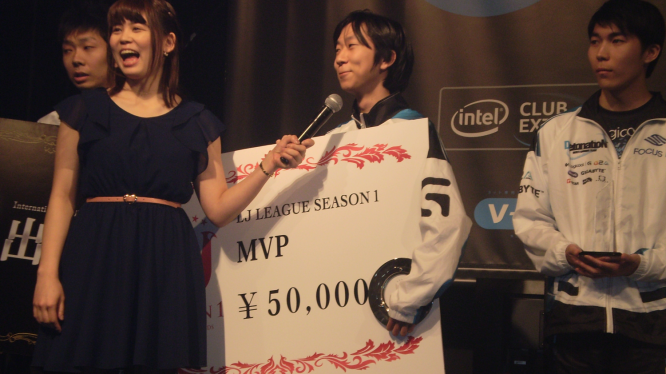
eSports in Japan are very much in their infant stage at the moment. The word is hard to pin down,since it’s used broadly by some, but rejected by others. Esports as most MMO and MOBA fans imagine it is pretty much limited to only League of Legends, and the competitive scene is rather small, both in scale and in growth. The overall Japanese culture is far away from accepting professional gaming at the moment, so before there can be several, full time, professional teams, Japanese teams will need to figure out how to market their image. Team DetonatioN has raw talent enough to attract the money, but certain rules caused them to drop one of their teams (which still exists, but is now independent). Rascal Jester has cultured an image of gamers as contributing members of society, but at the cost of practice time, making it more difficult for them to compete at a high level.
There is growth though. Several organizations are all waving flags that say, “We’re eSports!” Like indie music, they’re appealing to a certain cutting edge audience of young Japanese, with fans among the country’s top universities. Riot has specifically targeted the country and opened a branch here about a year ago, with those both in and outside the country waiting to see what the company’s intentions are. Blizzard has made Diablo III available for console and localized it, showing that the west has not forgotten about the birthplace of gaming, even if Japan mostly missed the rebirth of PC gaming. Heck, every year, Tokyo Game Show hosts some sort of match on the showroom floor, and while it’s not the reason I go to the event, it’s popular enough for someone to keep paying for it! From the current scene I’ve witnessed here, Japan may be slowly finding it a path to the more competitive, sports-like aura you might expect from the moniker “eSports,” though it certainly has its own unique take on it!
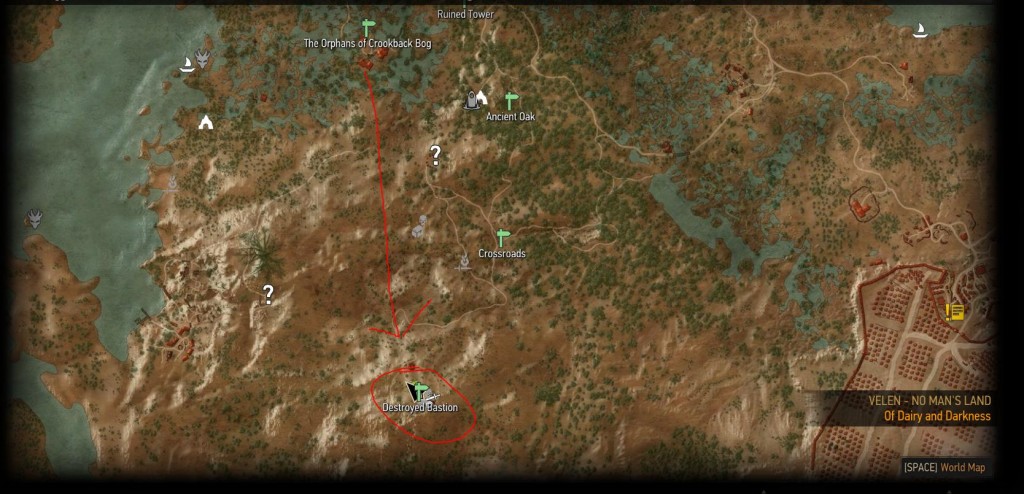
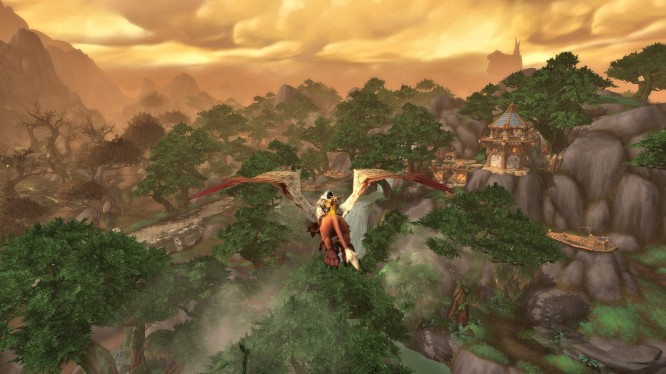

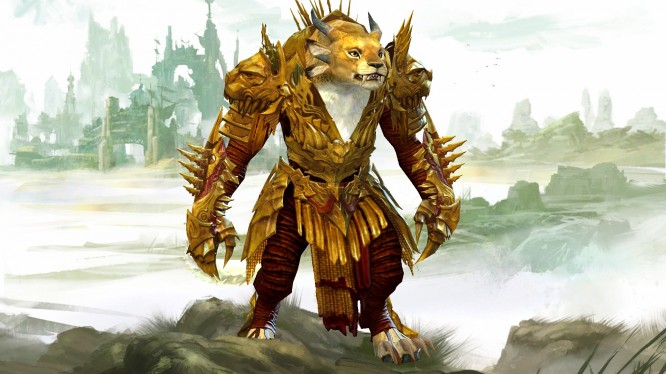
 Grand Theft Auto V PC Online Character transfer guide for PS4, PS3, Xbox One and Xbox 360
Grand Theft Auto V PC Online Character transfer guide for PS4, PS3, Xbox One and Xbox 360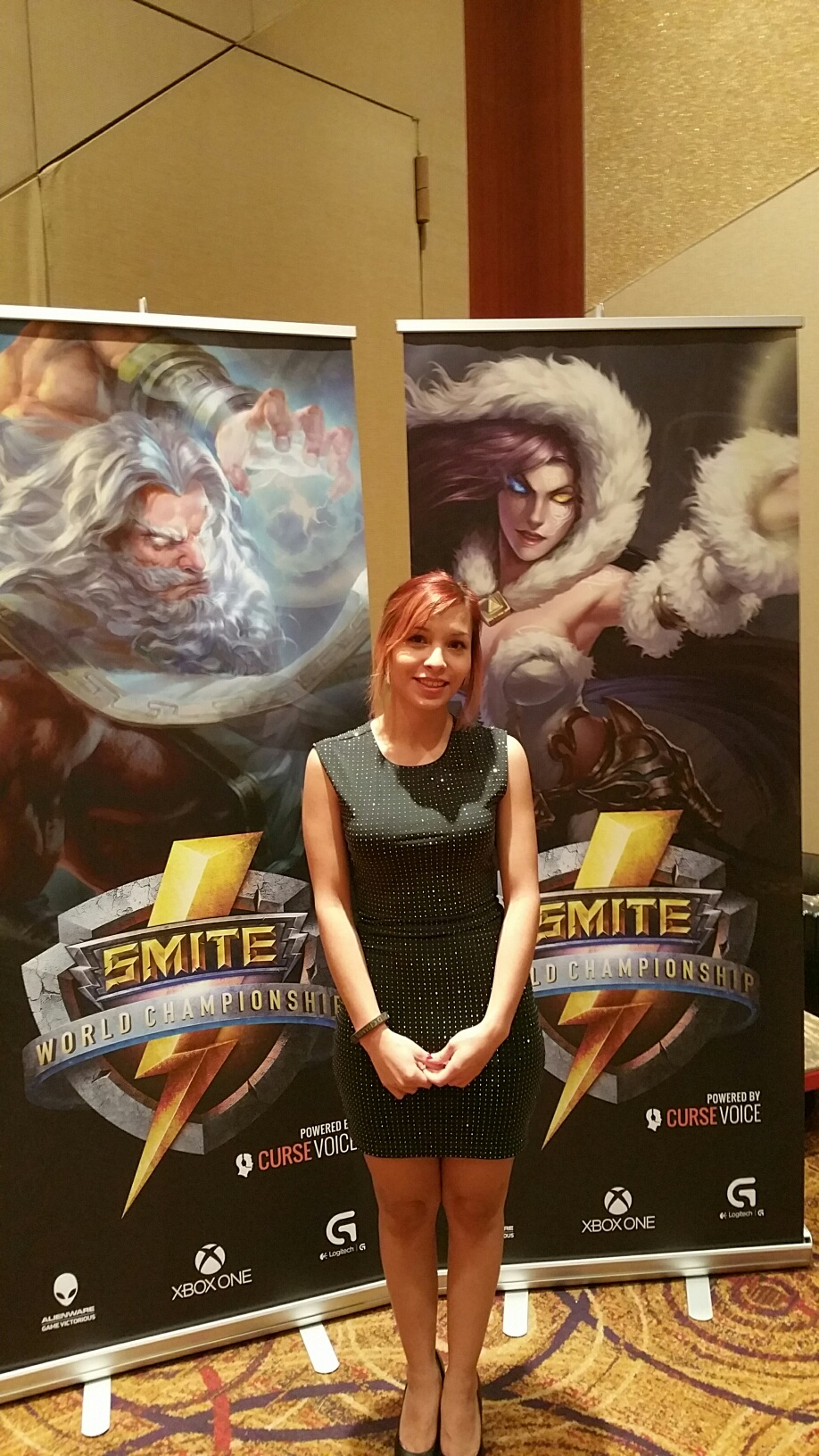 Interview with SMITE Streamer Yvonne Chavez (LiL Mamacita) .
Interview with SMITE Streamer Yvonne Chavez (LiL Mamacita) . Eve Online Beginner's Guide - Part 3 (Choosing a Focus)
Eve Online Beginner's Guide - Part 3 (Choosing a Focus) Bloodborne: Here's How To Join The League And Summon NPC Hunters
Bloodborne: Here's How To Join The League And Summon NPC Hunters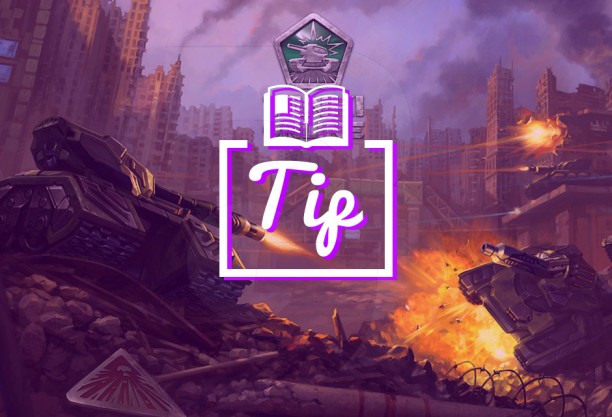 Tanki Online: Tips for New Players
Tanki Online: Tips for New Players